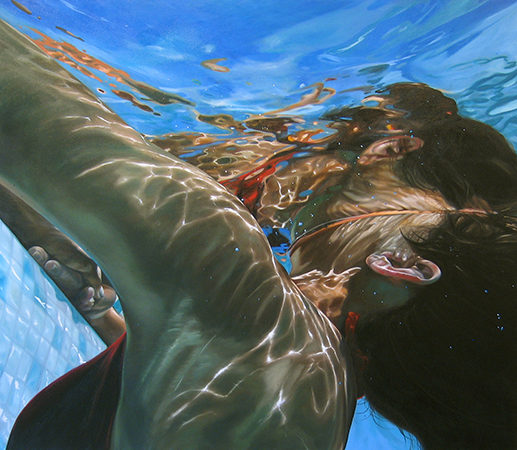The Beauty and Popularity of Photorealism
American author and art dealer Louis K. Meisel coined the term “photorealism” in 1969. It refers to a genre of painting based on using photographs as basis for a realistic and photographic art work. This movement started in the late 1960s and early 1970s. During that time, artists captured images of their subjects to gather visual information and used these photos in their paintings.
To give a definite definition for an artist to be considered as a photorealist, Meisel released these 5 points:
- The Photo-Realist uses the camera and photograph to gather information.
- The Photo-Realist uses a mechanical or semimechanical means to transfer the information to the canvas.
- The Photo-Realist must have the technical ability to make the finished work appear photographic.
- The artist must have exhibited work as a Photo-Realist by 1972 to be considered one of the central Photo-Realists.
- The artist must have devoted at least five years to the development and exhibition of Photo-Realist work.

The cool thing about photorealism is that you can mistaken a photorealistic painting as the actual photo. You’ll be surprised how a painting can look fantastically as the real thing. Many artists who are called photorealists have experimented and became popular in this painting style such as Charles Bell, Audrey Flack, Tom Blackwell, and Raplpf Goings. They use ordinary, mundane objects as their subjects such as food, flowers, beaches, diners, etc.
Before creating a photorealistic painting, artists create several studies of the subject to learn its composition, colors, shadows, form, and perspective, much like a mock-ups. From these studies, they can try to tell which element or area could become a problem when painted in large-scale and they try to find a solution. These artists gave attention to the minutest details of the subject and they try to portray subjects as accurately as possible, a total opposite of the Abstract Expressionist movement.

You may ask, why create a photorealistic painting that take days or even months to finish when you can just take the subject’s picture? The answer: technical virtuosity and enigma. It’s fascinating to look at these paintings because you’ll think they’re “real” but they’re not, because they’re paintings.
Many contemporary photorealists have created art works using water (swimming pools, bathrooms, water splashes), reflections (mirrors, glasses, bottles), food from freshly cooked to packaged ones as subjects. The colors are vibrant, vivid, and intense, it looks like you can almost touch the subject of the painting. Amazing, right?
Image sources:
http://www.audreyflack.com
http://www.escapeintolife.com